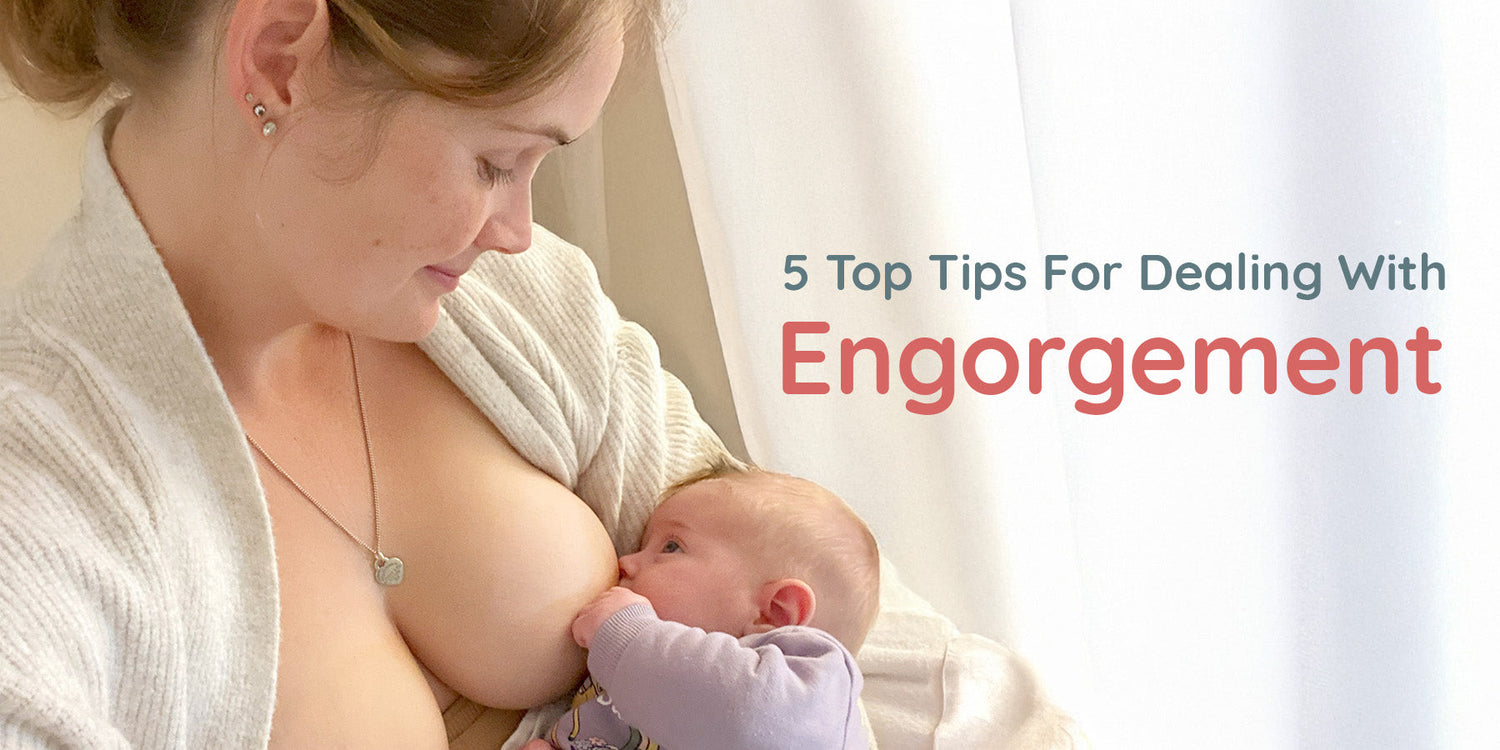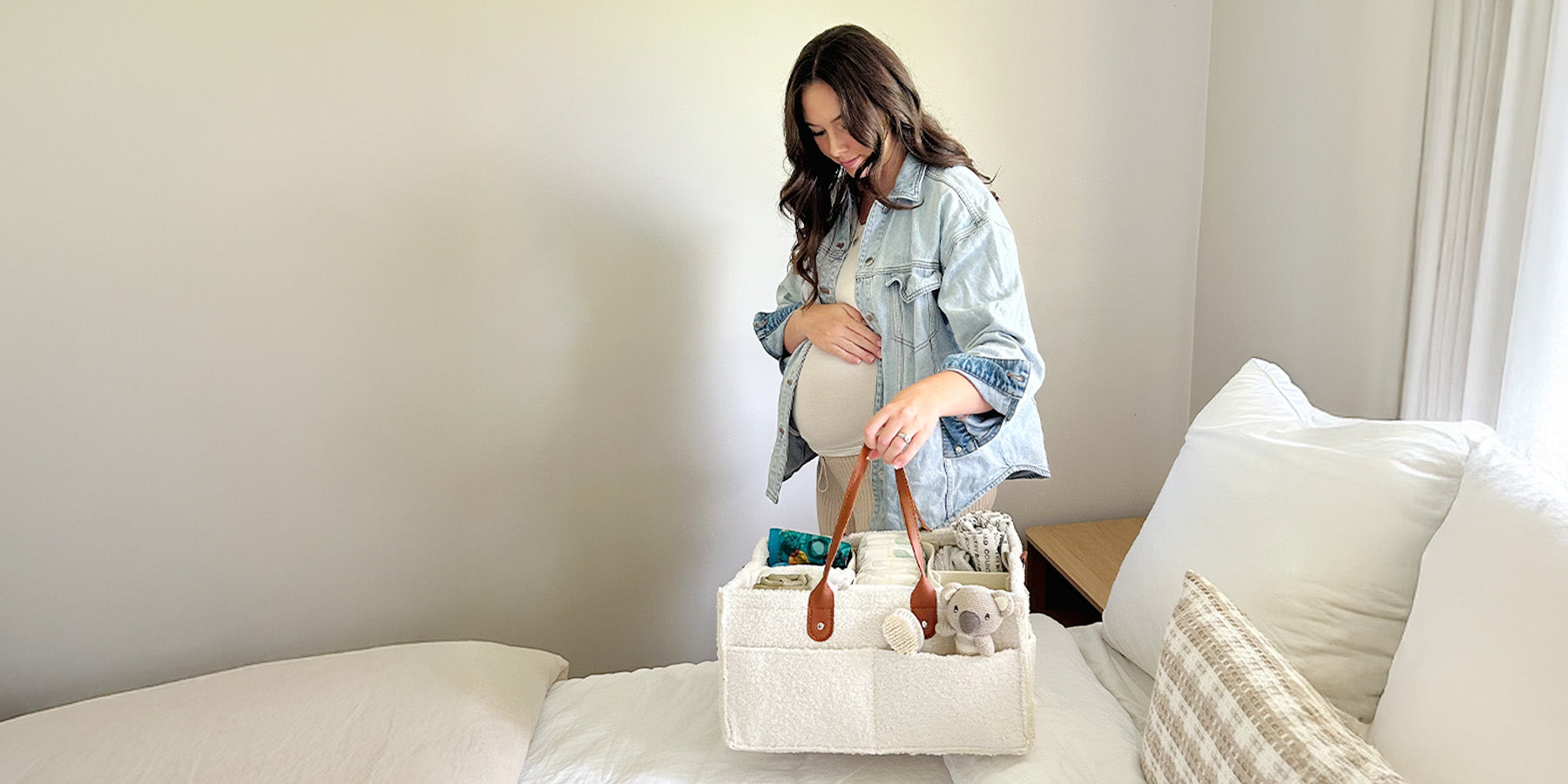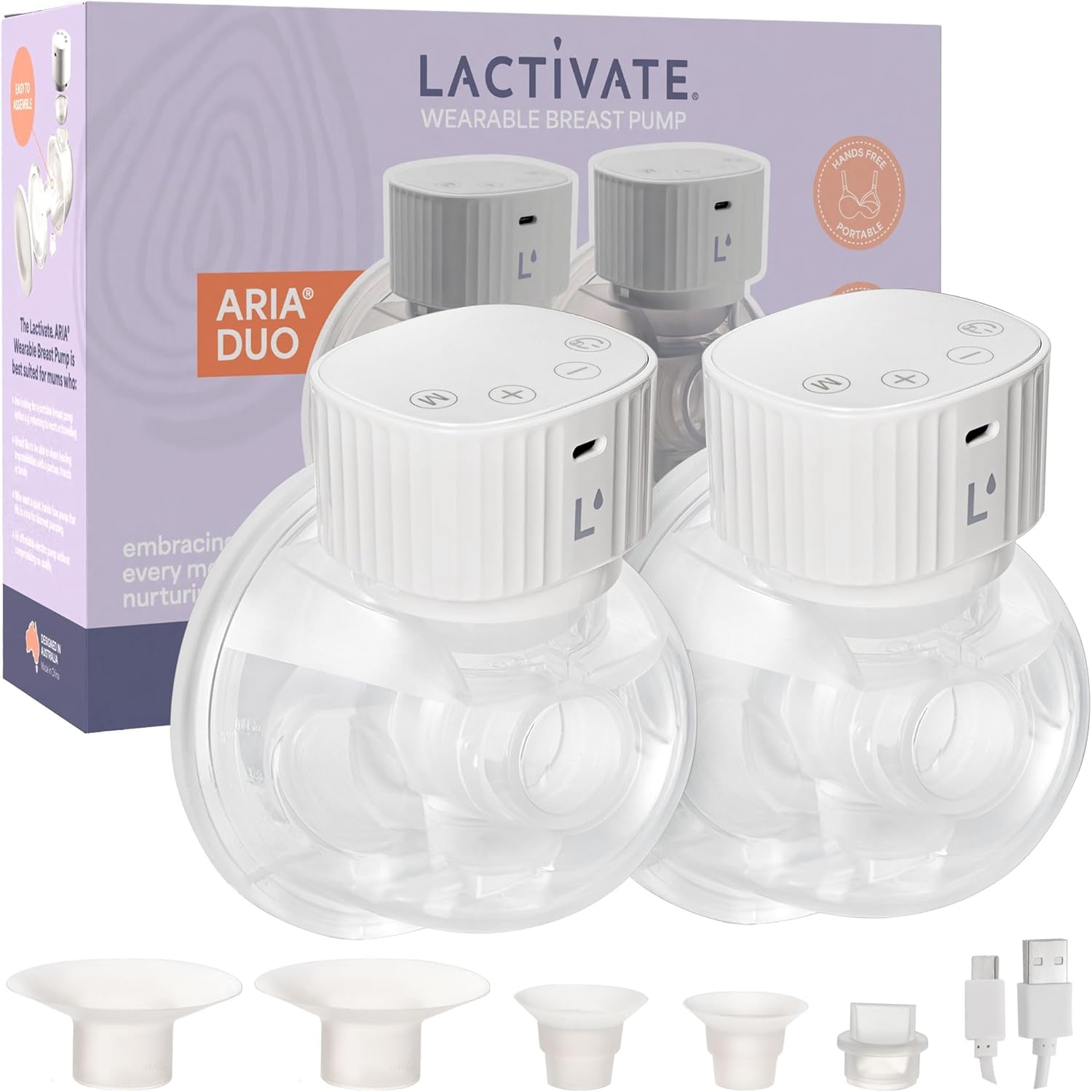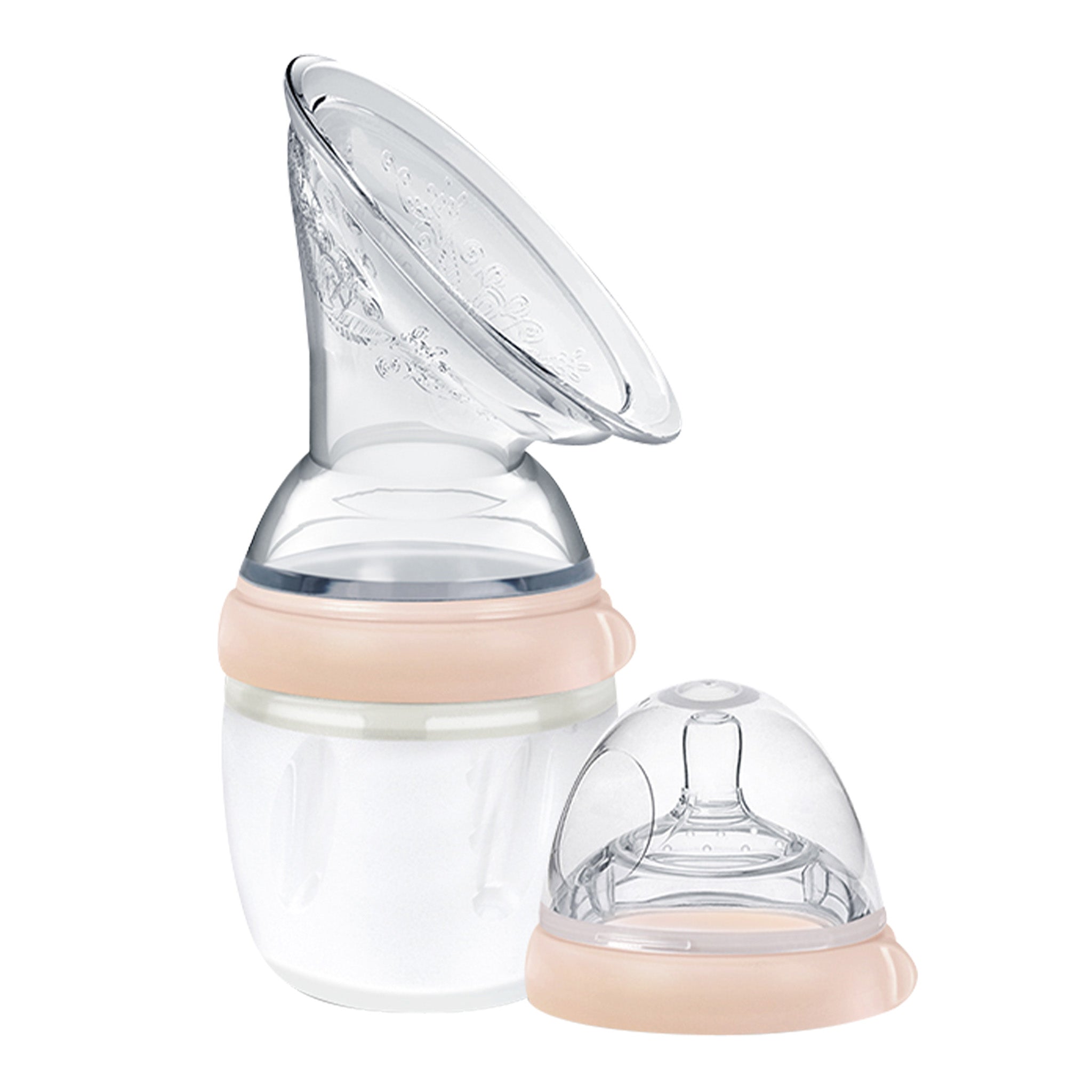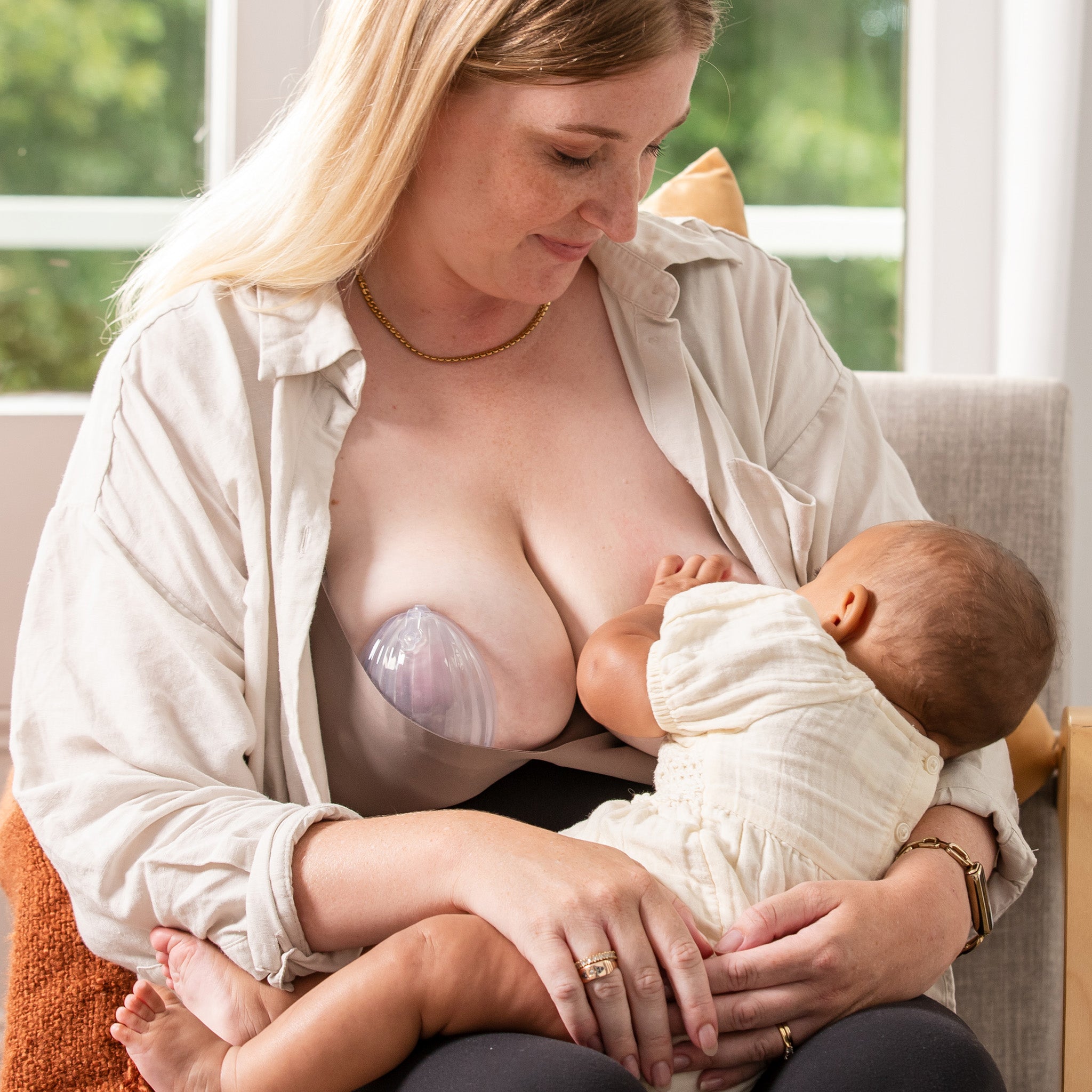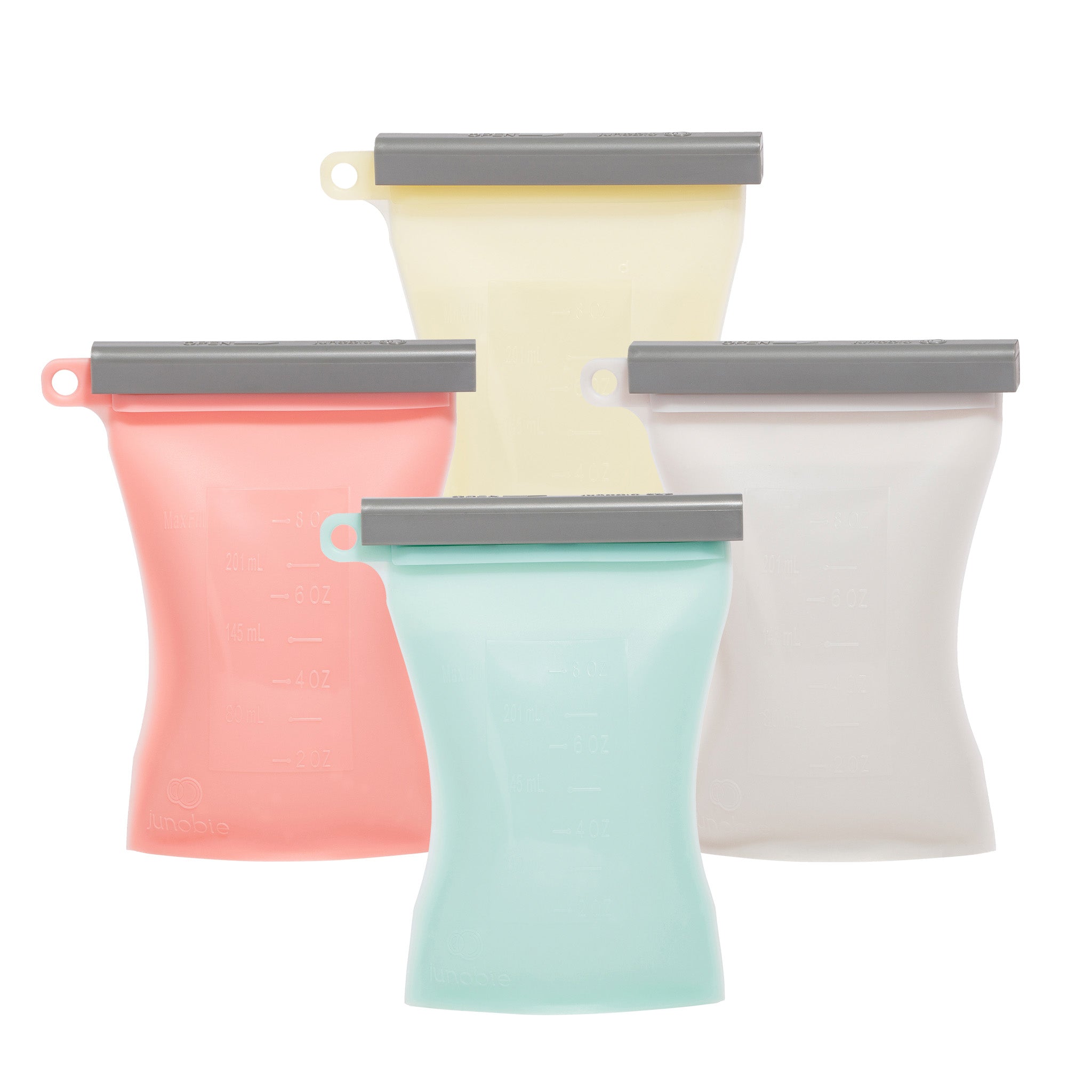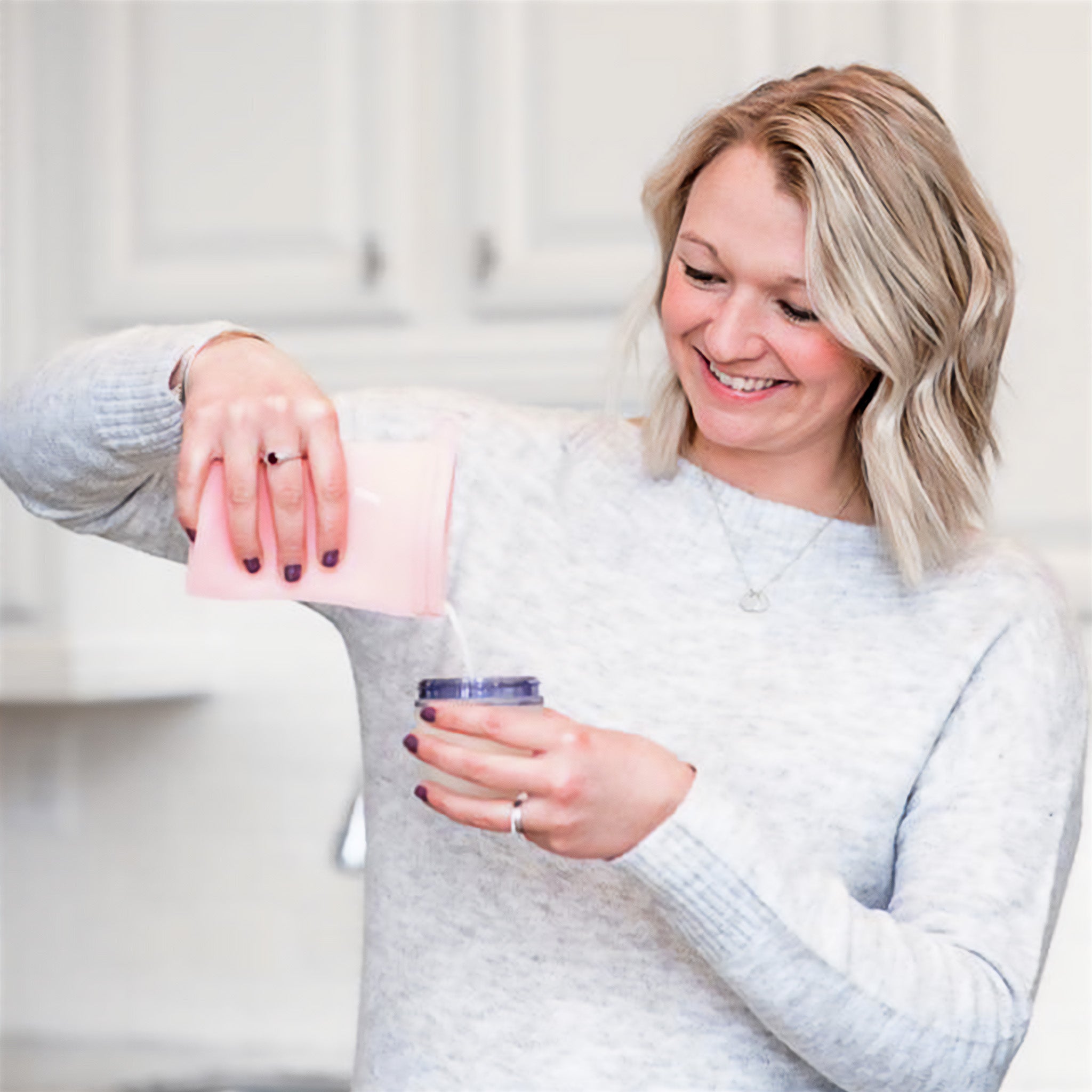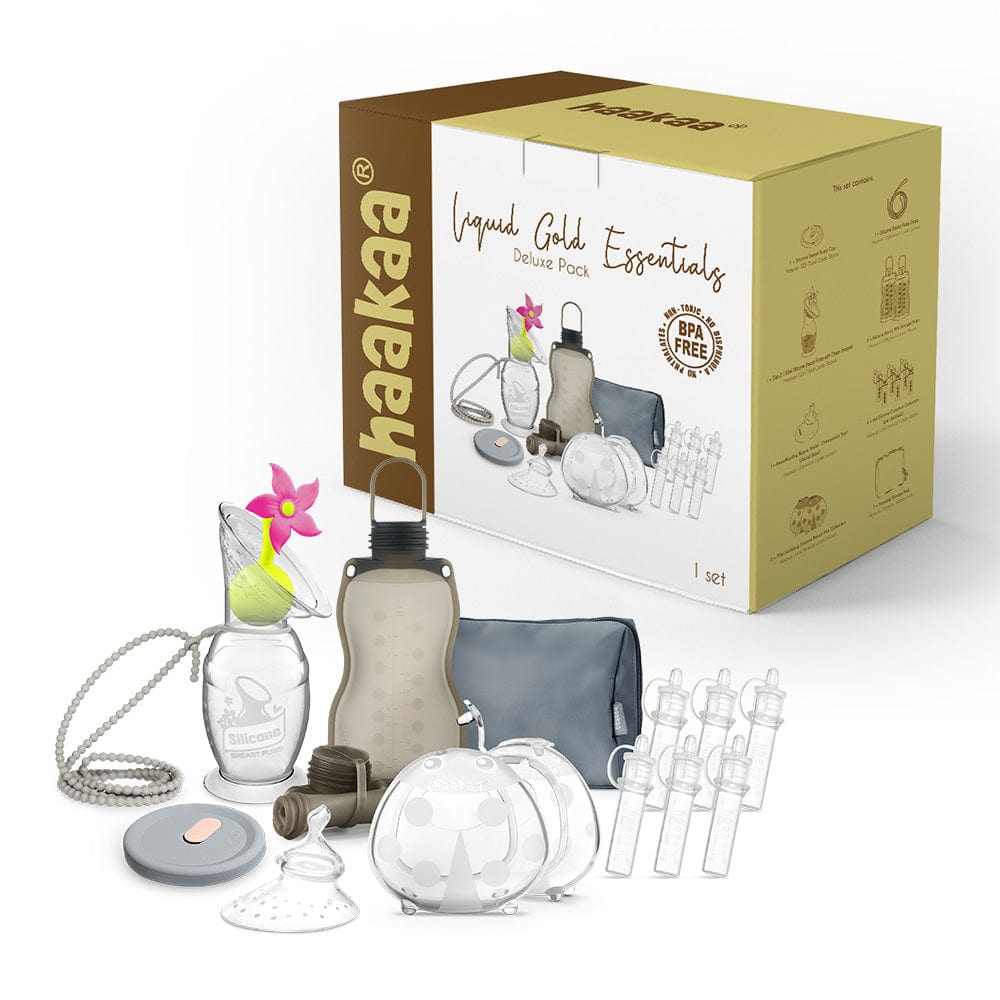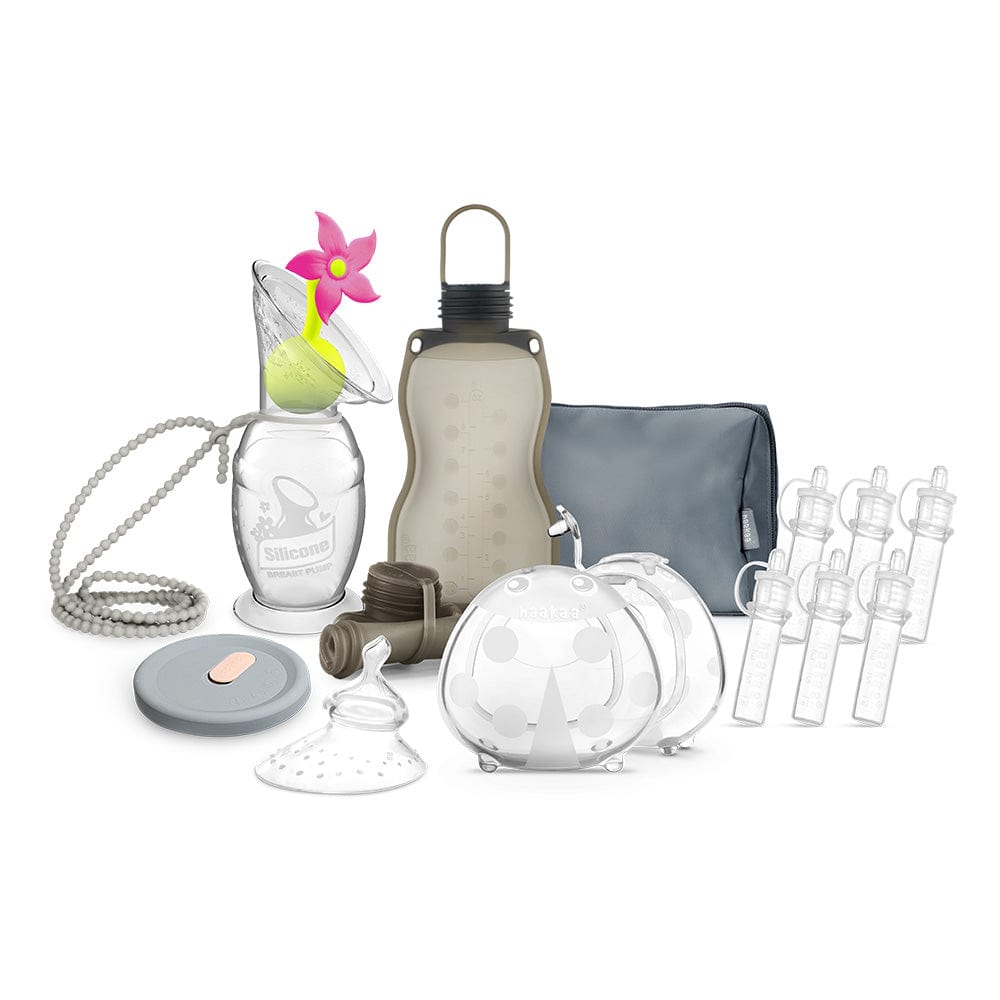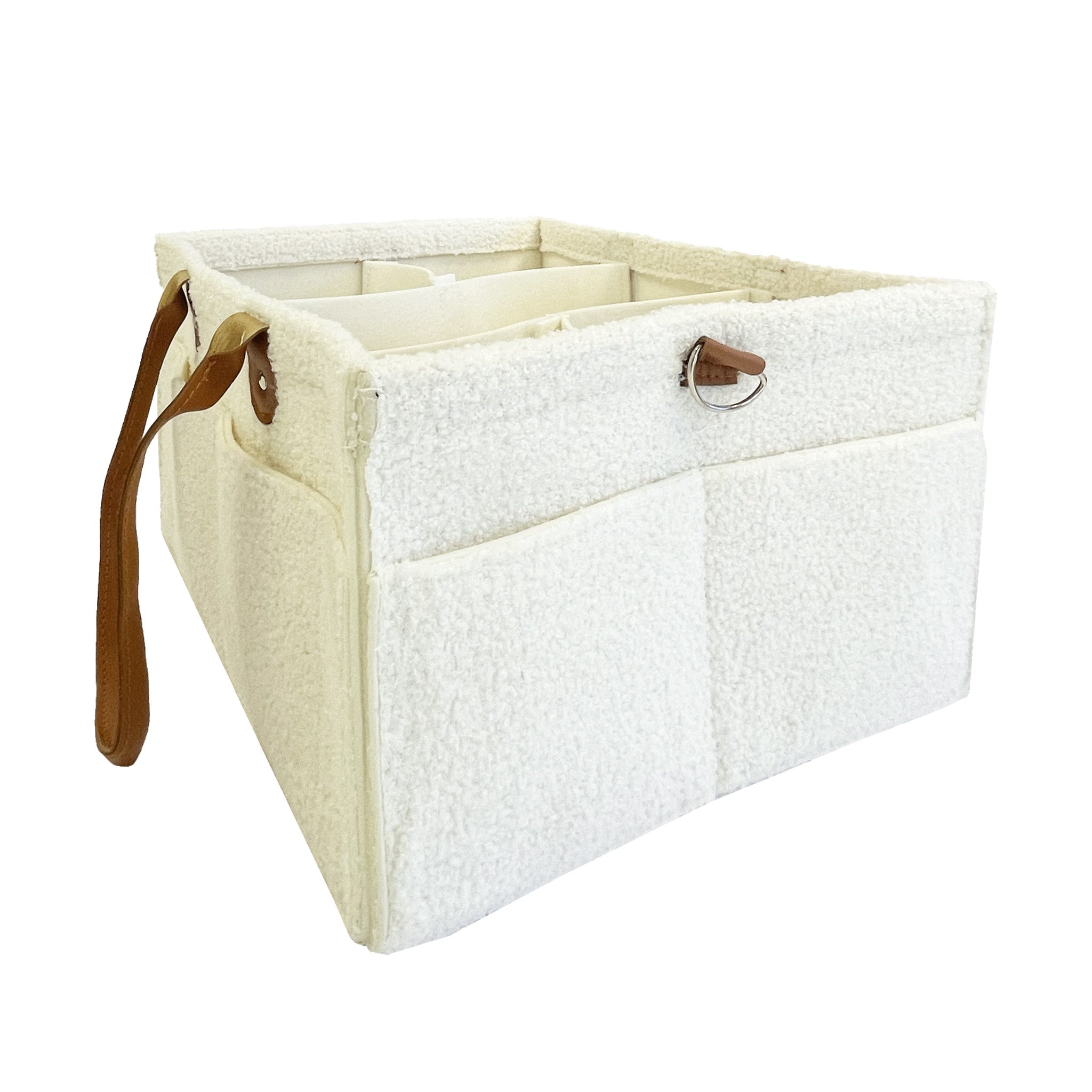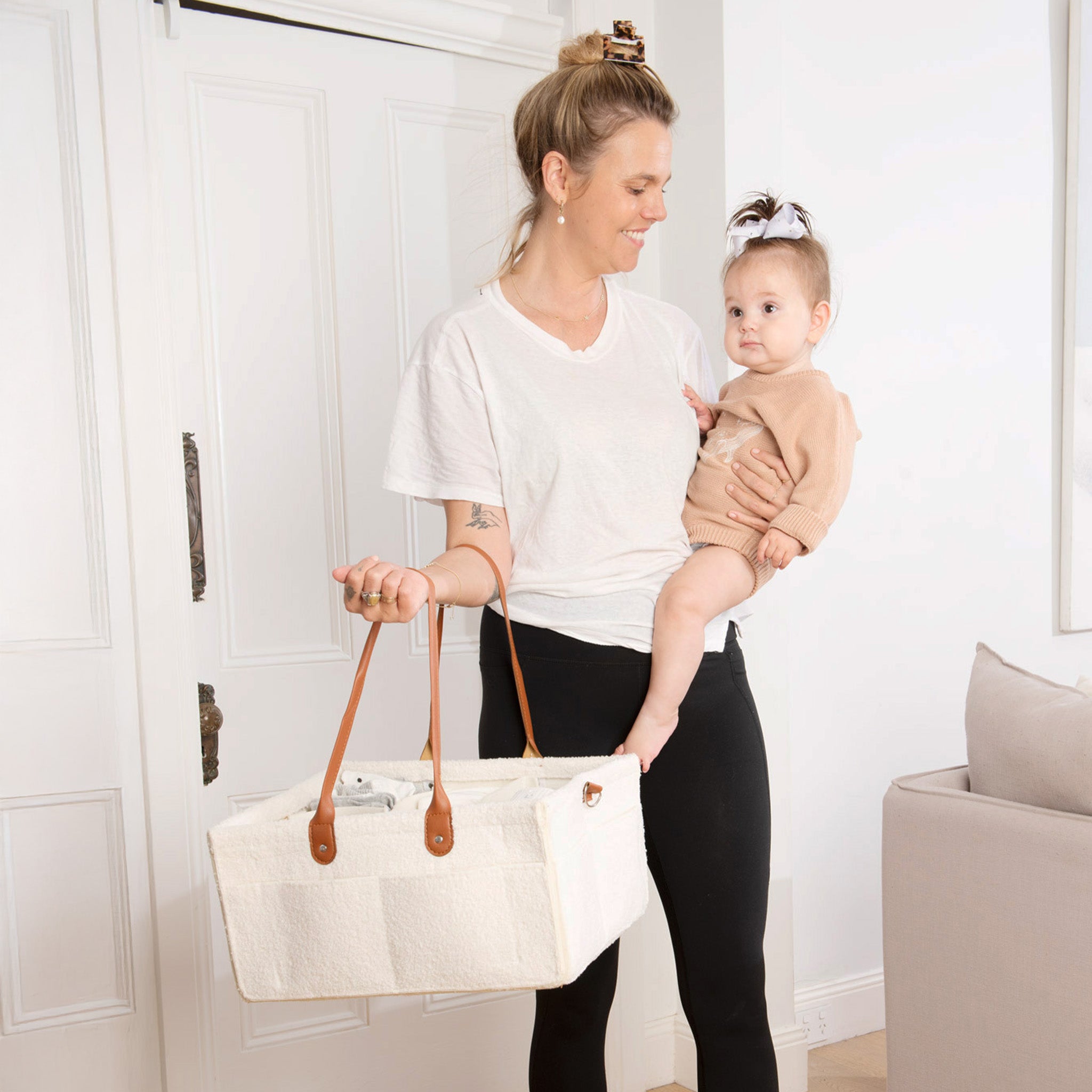There isn't much to like about engorgement. Hard, ultra-tender, swollen boobs AKA the calling cards for engorgement, aren't much fun. Unfortunately the majority of breastfeeding mums will experience engorgement at some point during their feeding journey. Thankfully, there are plenty of ways to help manage it.
What causes engorgement?
According to the Australian Breastfeeding Association, engorged breasts are caused by the build-up of milk, blood and other fluids in the breast tissue. This often occurs in the early days of breastfeeding when your milk first comes in after birth. Your breasts will feel fuller, heavier and sometimes very tender to the touch. Some women will experience more intense engorgement where their breasts are almost too full and sore to touch.
Engorgement can also occur at other times during your breastfeeding journey and is usually due to a change in feeding patterns, for example when your baby starts sleeping for longer periods or if they drop a feed as they get older or start solids.
5 Top Tips For Dealing With Engorgement
The good news is that engorgement can be effectively managed. It's important that it is kept under control as prolonged engorgement can lead to blocked ducts and even mastitis.
1. Prevention is better than cure!
While the majority of women will experience some engorgement during breastfeeding, there is a big difference between mild to moderate and severe engorgement. Feeding your baby on demand (not on a schedule) and ensuring a good attachment will mean that your breasts are being regularly drained. Gentle hand expression and/or using the Haakaa Breast Pump can also help relieve full breasts, especially if your baby is struggling to take both sides, or drain the breast fully.
2. Go braless (when you can)
Yes, going sans bra can be a tad messy, especially in the early days when your letdown is more fire hose than gentle stream but going topless, especially during feeds means that your baby has unobstructed access to the breast which can help make latching easier. Spending plenty of time skin to skin also allows for your body and baby to sync up and gives your breasts and nipples some healing time. This is especially important if you have any nipple soreness or damage. When you do need to wear a bra, make sure it's wire-free, well-fitted and comfortable with easy breast access for feeding time.
3. Try gentle massage
Gentle massage has been shown to help relieve pressure and trigger your letdown. Using firm pressure, massage the breast in a downward motion, towards the nipple, to help break up the hard tissue. You can also try using a lactation massagers, which uses gentle vibration to help improve milk flow and relieve the pain caused by engorgement and plugged ducts.
4. Give 'reverse pressure softening' a go
Reverse pressure softening is a technique which can be used to soften the breast tissue making it easier for baby to latch (which can sometimes be difficult if your breasts are very engorged). Reverse pressure softening helps to push the excess fluid back into the breast to relieve some of the pressure. The Australian Breastfeeding Association suggests applying pressure with two or three fingers of each hand placed flat at the sides of and close to your nipple, and holding for 1–3 minutes. Or use all fingertips of one hand around the nipple and push in, holding for 1–3 minutes, until the tissue softens. You can check out a video on how it's done here.
5. Warm it up and cool it down
Both warmth and cold can be used to help relieve engorgement. Heat packs or warm compresses can be applied directly to the breast before and during feeds to help trigger the letdown and milk flow while cold packs or compresses can be applied afterwards to help soothe swelling and inflammation. We love Lactivate® Ice & Heat Breast Packs as they can be used both hot and cold and are easily slipped inside your nursing bra.

